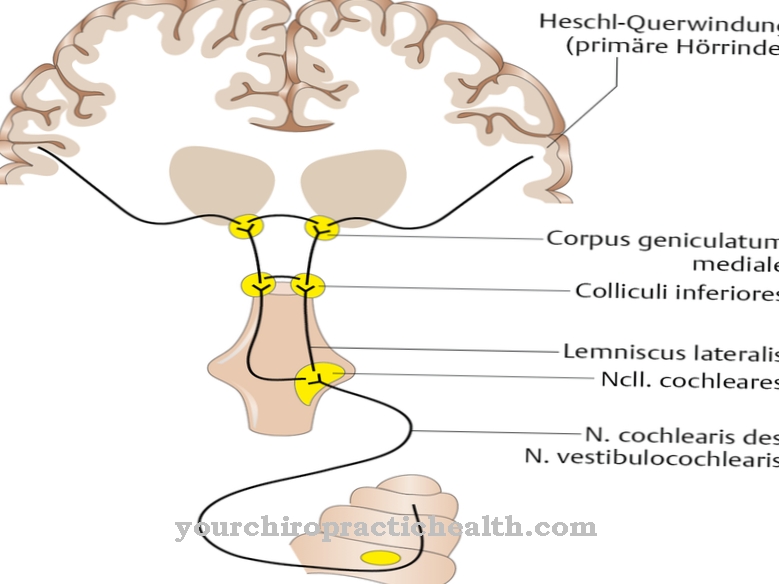Horses have always been an important partner to humans. They are even able to help him with certain diseases. Or at least to have a positive influence on the course of the disease. Especially people with neurological disabilities can benefit from therapeutic riding. One form of therapeutic riding is that Hippotherapy.
What is hippotherapy?
Hippotherapy is enjoying increasing popularity these days. It is a form of therapeutic riding in which specially trained horses or ponies are used. Hippotherapy is a specialty of therapeutic riding as well as curative education with horses and riding as a sport for people with disabilities.
In hippotherapy, however, the focus is on the patient affected by neurological movement disorders. Many medical successes have already been achieved in this way. Whether children, adults or seniors: Hippotherapy is suitable for all age groups. It can be viewed as a form of physiotherapy to train posture. The patient sits on horseback and is accompanied by a therapist. The patient himself has no influence on the horse.
Function, effect & goals
Hippotherapy is used for people with neurological diseases that cause certain movement disorders. These include multiple sclerosis as well as ataxia (disorders of movement coordination) and traumatic brain injury.
Hippotherapy also promises good treatment results for non-neurological damage to the musculoskeletal system. Patients with damage to the limbs (dysmelia) for example and the resulting curvature of the body learn in therapy to strengthen their muscles where they are too weak. On the other hand, overused muscles learn to let go. A balance is restored. In this way, the patient's posture can be corrected and joint misalignments can be prevented. The muscle tension normalizes, In practice, therapeutic riding looks like the patient sits passively on horseback.
The therapist guides the patient. In the step gait the horse now transmits its three-dimensional vibrations to the human being. In this way, the patient should learn to consciously perceive these vibrations in the pelvis and to follow these movements. There are around 100 vibration impulses that the horse transmits to humans in one minute. As a result, the patient not only trains his posture and balance, but also a healthy body awareness.In many cases this leads to an improvement in neurological movement disorders. In addition, the entire perception system of the patient is trained in hippotherapy. For example, people with half-sided paralysis (hemiparesis) can regain a feeling for their core again.
The mode of action of therapeutic riding is that the patient's body tries to rebalance itself to the vibrations of the moving horse. All axes of movement are used and used to improve the patient's motor skills. This has a positive influence on the course of the respective disease.
Another advantage of hippotherapy is that the therapist gains access to the patient via the horse and can thus work better with him. The inclusion of this sensitive animal in the healing process of humans also has the positive effect that the patient's discontent with therapy, which often occurs, goes back or completely disappears. This improves the chances of success because the patient opens up more to the therapist again.
You can find your medication here
➔ Medicines to calm down and strengthen nervesRisks, side effects & dangers
Hippotherapy can bring about significant improvements in the patient's clinical picture in many neurological or other movement disorders.
On the other hand, there are also diseases in which hippotherapy is more harmful than beneficial. This is why the therapy is considered unsuitable for people with inflammation of the spine or for people with an active episode of multiple sclerosis. In addition, it should not be used for people with badly controlled seizure disorders, as this form of therapy carries a high risk of injury due to the height of the fall from the horse. In addition, patients with an increased risk of thrombosis or embolism should refrain from this treatment method. Since a fall from the horse's back cannot be completely ruled out, hippotherapy should not be considered as a treatment if the person concerned is also suffering from the hemophilia.
Of course, people with an allergy to horse hair do not benefit from therapy on horseback. This also applies to those affected by other forms of allergies. People who react extremely to dust, hay and other animal hair with hay fever, cough or asthma will not feel comfortable around horses. Furthermore, hippotherapy is not advisable if a person suffers acutely from inflammatory processes, regardless of their origin or from pronounced arteriosclerosis. Furthermore, the form of therapy is unsuitable for patients with acute herniated disc, hip arthrosis or angina pectoris. Such a form of treatment is also not advisable for high blood pressure with a tendency to hypertensive crisis.
Usually, the attending physician or specialist issues a prescription for the physiotherapeutic method, so that the wrong course of treatment cannot actually be used here. This requires a thorough medical examination of the patient in advance so that the respective disease can be diagnosed.





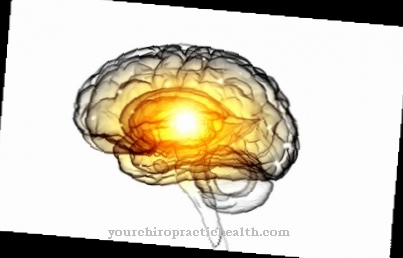
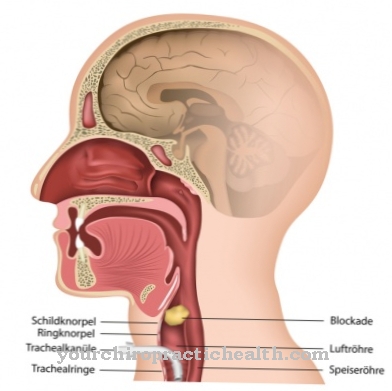

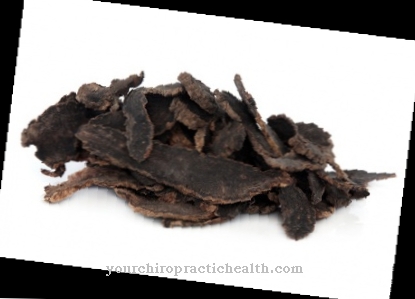


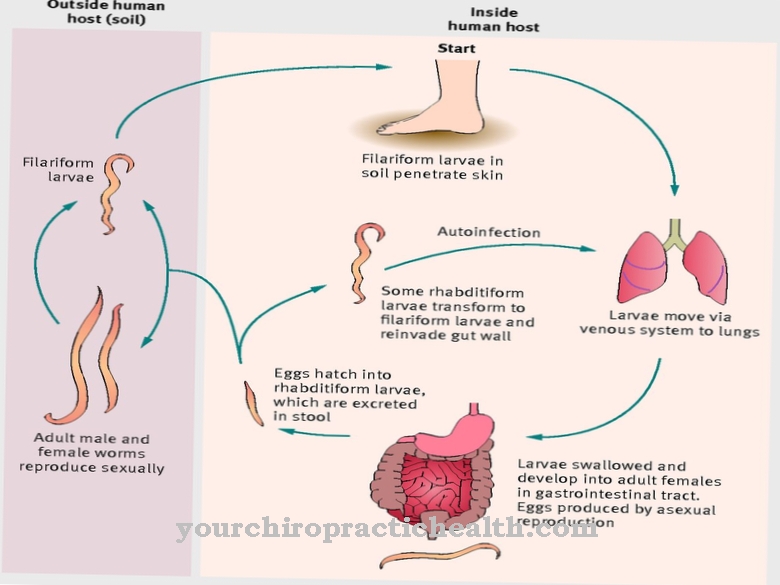
.jpg)
.jpg)






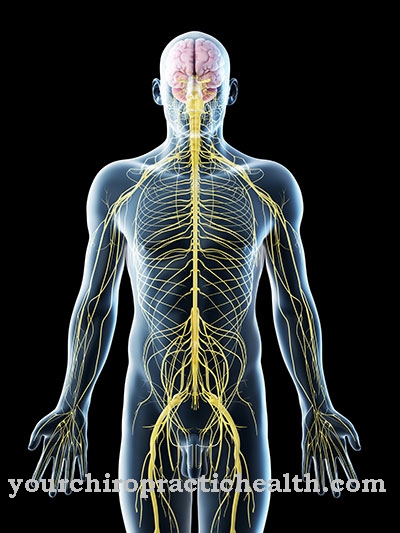
.jpg)
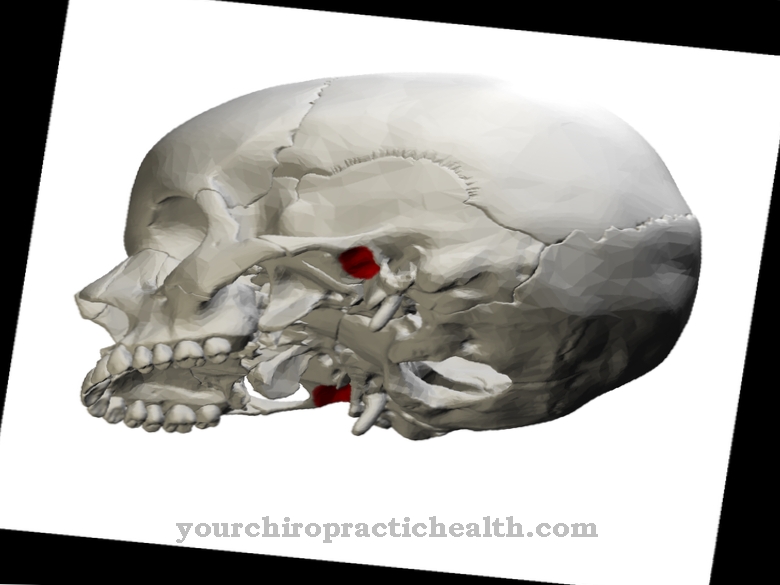

.jpg)


